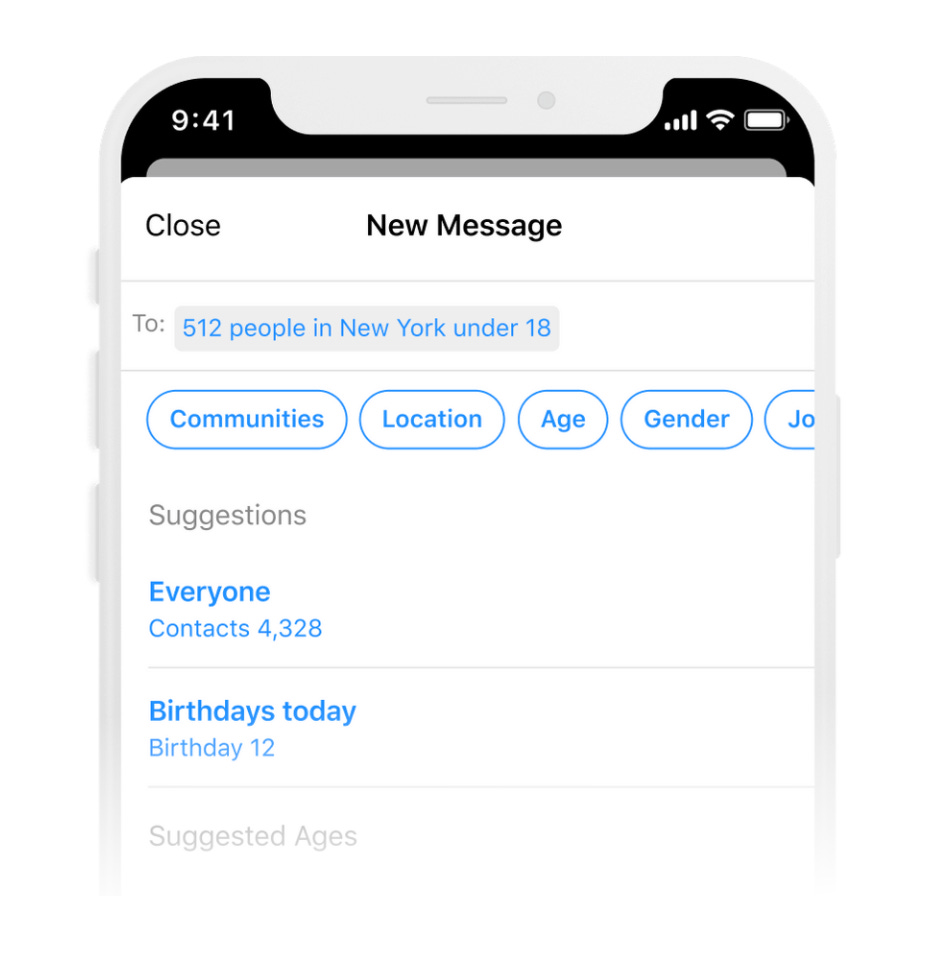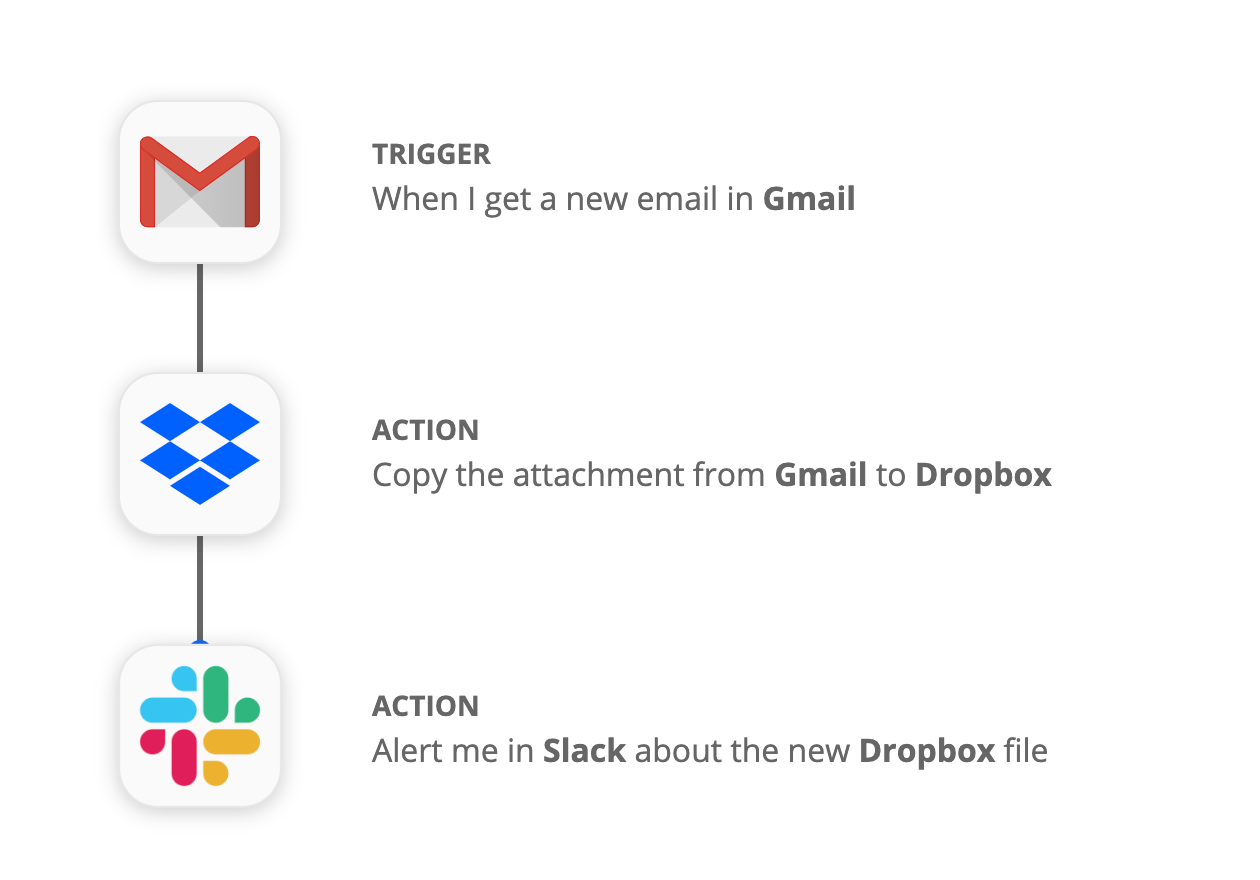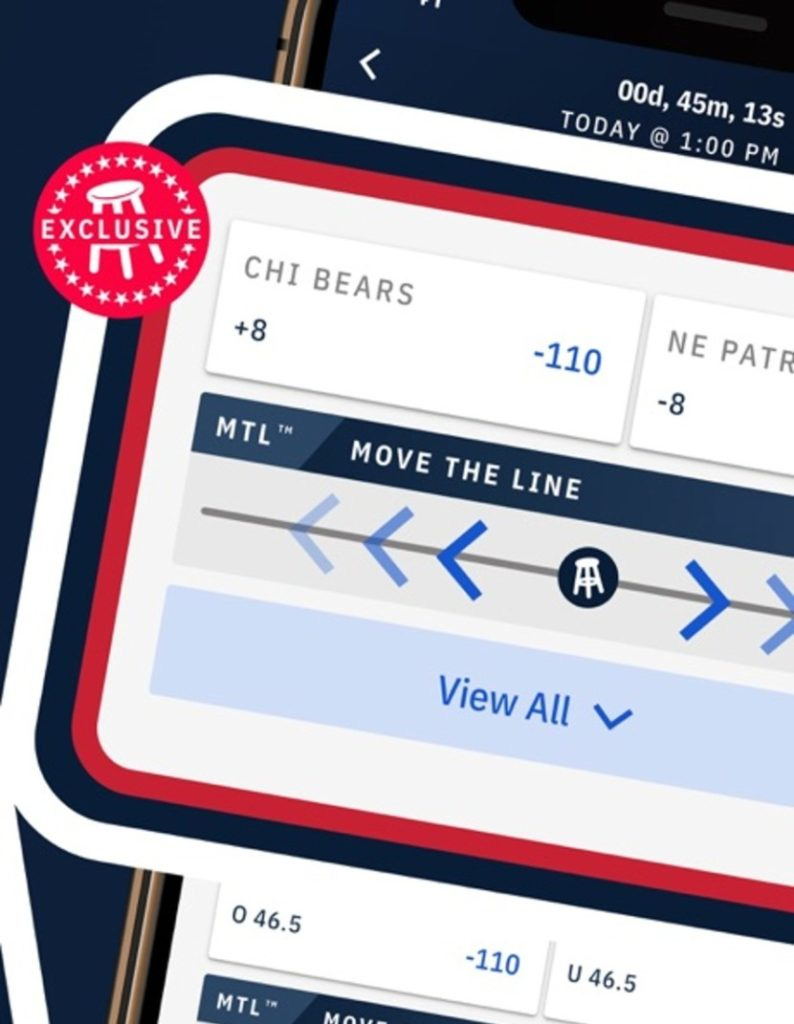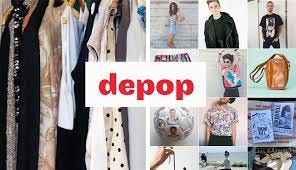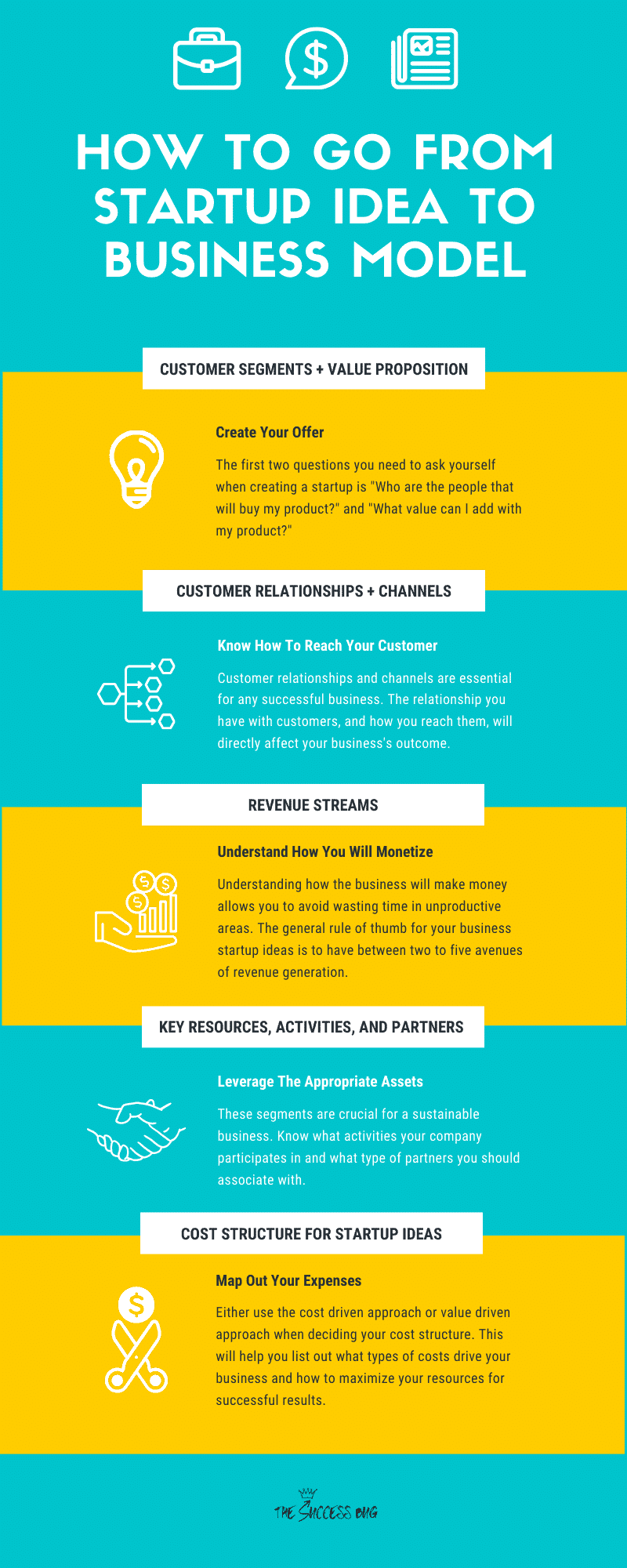
This blog was originally published on rentsmarta.com by Nicole Kohut.
There’s nothing quite like the feeling of settling into your new home.
Many students develop a move-in rhythm during their time at college, learning where to store their belongings over the summer, how to sneak an air conditioner into their dorm room, and cultivating a survival guide for co-ed bathrooms. This fall, however, many students were left without the opportunity for on-campus housing, instead signing leases for apartments and befriending landlords in hope of finding a comfort similar to that of their pre-covid residencies.
While the tediousness of documents and bills may make off-campus housing seem like another detriment of the global pandemic, this shift has allowed students to create an entirely new daily routine– one that has less restrictions than on-campus life and more time for exploration. We got the inside scoop on a day in the life of a Columbia University junior living off-campus in New York City for the first time to see how his living situation has transformed his academic and personal life.
Q: What is the first thing you do when you wake up?
Stay in bed! Living on campus my freshman and sophomore year, the mornings were always a race to the finish line. I got up immediately to beat out the lines for the bathrooms. You had to time this perfectly because if you don’t get ready on time, you could hit rush hour at the dining halls, which also means being late to class or skipping breakfast altogether. And even if you do manage to stay on schedule, you run the risk of there being elevator displays. Maybe this is just a “going to school in New York City” thing, but we have about one working elevator for 14 floors and tons of kids trying to make class at the same time.
Q: What’s your pre-Zoom schedule?
Once I get out of bed, I usually shower and have tea with my roommates. School definitely feels less consuming living off campus– it’s more like living with a few friends in the city and occasionally going to meetings and doing assignments. Also, Columbia could often feel like an impenetrable bubble, making it hard to leave campus. I thought dorm life– living with a bunch of other students on the same floor– would make me more social than living off-campus, which is why I’ve been surprised about my lifestyle. Now, I take a stroll in Central Park before my classes start. I also make an effort to see more friends (socially distanced)– maybe this is because of the long period I spent away from everyone, but I guess the point is that my apartment hasn’t kept me in a hole.
Q: During Zoom?
I don’t think it really matters if you have a similar schedule to your roommates. Sometimes our classes overlap, other times they don’t, but I never hear them and am able to remain completely focused. We all have desks in our room, but also use the living room as a common space in case we want a change of scenery.
Q: Post Zoom?
My new favorite feeling is ending a Zoom meeting and getting to talk to my roommates. Sometimes we’ll plan post-zoom excursions in the city as small breaks before starting homework. This is something I never did before. I think maybe it’s because physically moving to and from each class was pretty draining, and there were always in-person events at night that made it seem like getting off-campus for an hour or so was impossible. All in all, living off campus has been more physically and mentally liberating.
Q: Do you have an evening routine?
Cooking with friends! Another huge benefit to living off campus is the money I’m saving by not having a meal plan. We do a Trader Joe’s haul every Saturday to stock up for the week, and then cook for each other. Sometimes we do treat ourselves to take out, but it’s justifiable considering the money we’re saving overall. I’ll also usually do my laundry for the night– another huge benefit considering the Columbia washer/dryers were either occupied or out of service. And, while I’m mentioning random benefits, not having to walk two miles to pick up packages from our mail room is a huge plus.
Q: Overall, how would you describe your schedule and off-campus system?
When you live on-campus, you’ll usually have a college employee in charge of maintaining bathroom and hallway cleanliness, as well as someone to help if there are any mechanical issues. Now, we have to be on top of the cleanliness of our space and be more responsible about things like remembering our keys, taking out the trash, and not breaking anything. Maybe it was easier because I got to live with close friends, but we all play our role in keeping up the apartment. If one of us cooks, the others clean. We divided shelf space and have a good communication system where we aren’t afraid to raise concerns or offer suggestions.
With change comes new responsibility, but it seems like the responsibilities that come with off-campus housing are providing students with more benefits than they would have thought. Getting comfortable with your new routine is the easy part. The hard part– finding a place to call your new home– is what Smarta is here to help you with.
If you’d like to read more about off-campus living resources and tips, visit Smarta’s blog here.

Meet the Author
Nicole Kohut is a junior at Columbia University studying English Literature. She is passionate about the intersections that lie within gender, art, and education. She has spent her undergraduate career working with startups and multimedia production companies and hopes to pursue a career in law and entertainment.


